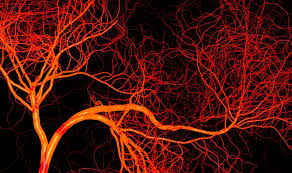In mid-March, pathologist Sigurd Lax pulled on a water-repellant surgery coat, a surgical cap, special booties to cover his shoes, a respiratory mask, and two pairs of gloves, then walked into an operating room at Hospital Graz II in Austria. There before him lay a patient who died of COVID-19 only 48 hours earlier.
“COVID-19 is a new disease, and we really want to know what’s underlying it,” Lax says. There’s only one method to determine what causes illness and death. “It’s doing an autopsy.”
Methodically, Lax sliced into the patient, taking care not to spray any bodily fluids into the air. He’d waited two days to perform the autopsy to reduce the risk of transmitting SARS-CoV-2, the coronavirus that causes COVID-19. With little known about the illness at the time, he and his colleagues wanted to take extra precautions to avoid getting sick. Waiting 48 hours after death to perform the autopsy, however, didn’t rid the body of SARS-CoV-2 RNA.
“We don’t know if the virus is still infectious,” Lax says, but finding its genetic material lingering in the patient’s tissues prompted him to be even more cautious. This autopsy was the first of 11 he and his colleagues have performed on patients who died from COVID-19. In May, the pathologists’ published a paper in the Annals of Internal Medicine reporting what they’d found.
Lax, a professor of pathology at the Johannes Kepler University Linz, spoke with The Scientist about the results and what they reveal about possible therapeutics for COVID-19….







